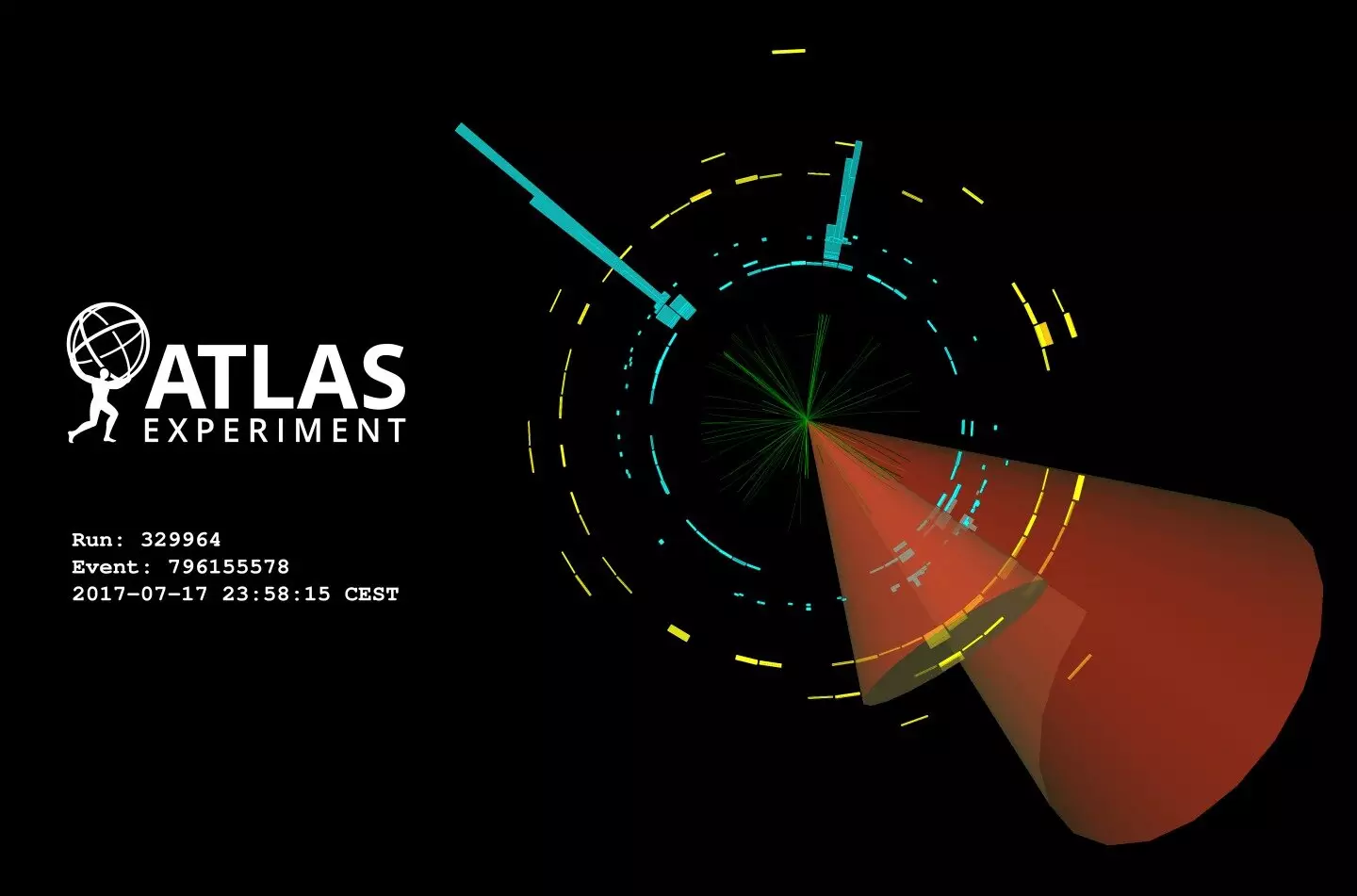Finding not just one, but two Higgs bosons in the same place at the same time is a monumental task for physicists. Di-Higgs production is a rare process that can provide invaluable insights into the self-interaction of the Higgs boson. This interaction, known as “self-coupling,” plays a crucial role in the Standard Model and contributes to our understanding of the fundamental forces that govern the universe.
Unraveling di-Higgs production amidst the sea of data generated at the Large Hadron Collider is no easy feat. This process is approximately 1,000 times rarer than the production of a single Higgs boson, making it incredibly challenging to detect. With only a few thousand di-Higgs events expected during the entire Run 2 of the LHC, physicists face the daunting task of sifting through vast amounts of collision data to find these elusive events.
Maximizing the Search Efforts
To increase the chances of detecting di-Higgs production, researchers at the ATLAS collaboration have employed a multi-faceted approach. By exploring various decay modes of di-Higgs and combining the results, physicists can enhance their sensitivity to this rare process. Each decay mode presents its own set of challenges, from background contamination to undetected particles, requiring a meticulous analysis to differentiate di-Higgs events from other processes.
The latest study from the ATLAS collaboration represents a significant milestone in the quest for di-Higgs production. By amalgamating five individual studies focused on different decay modes, researchers have achieved their most comprehensive search to date. The findings exclude values more than 2.9 times the Standard Model prediction for the probability of two Higgs bosons being produced, with a 95% confidence level.
Implications for the Standard Model
The study also provides valuable insights into the self-coupling of the Higgs boson, shedding light on the fundamental interactions that govern particle physics. The results indicate that the Higgs self-coupling constant aligns with Standard Model predictions, offering a deeper understanding of the intricate mechanisms at play within the subatomic realm.
Future Prospects
As researchers continue to unravel the mysteries of di-Higgs production, their focus now shifts towards data from the ongoing LHC Run 3 and the upcoming High-Luminosity LHC operation. With enhanced sensitivity and advanced detection capabilities, physicists are poised to delve even deeper into the realm of particle physics. The elusive Higgs-boson-pair production may finally be within reach, promising to unlock new realms of knowledge and discovery in the field of particle physics.


Leave a Reply